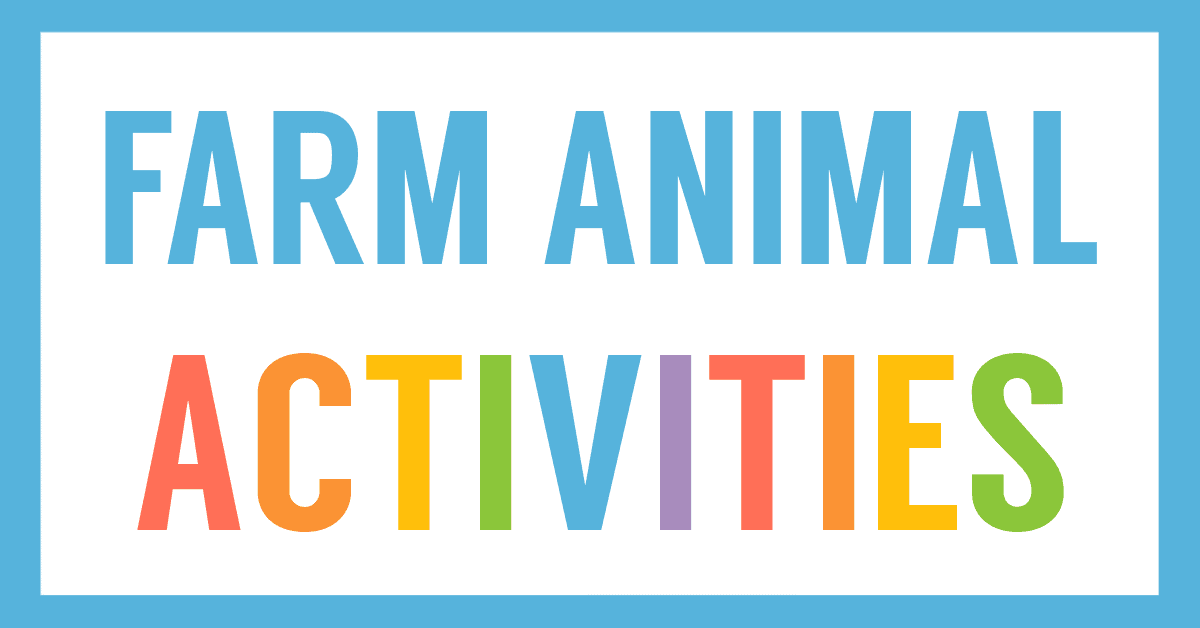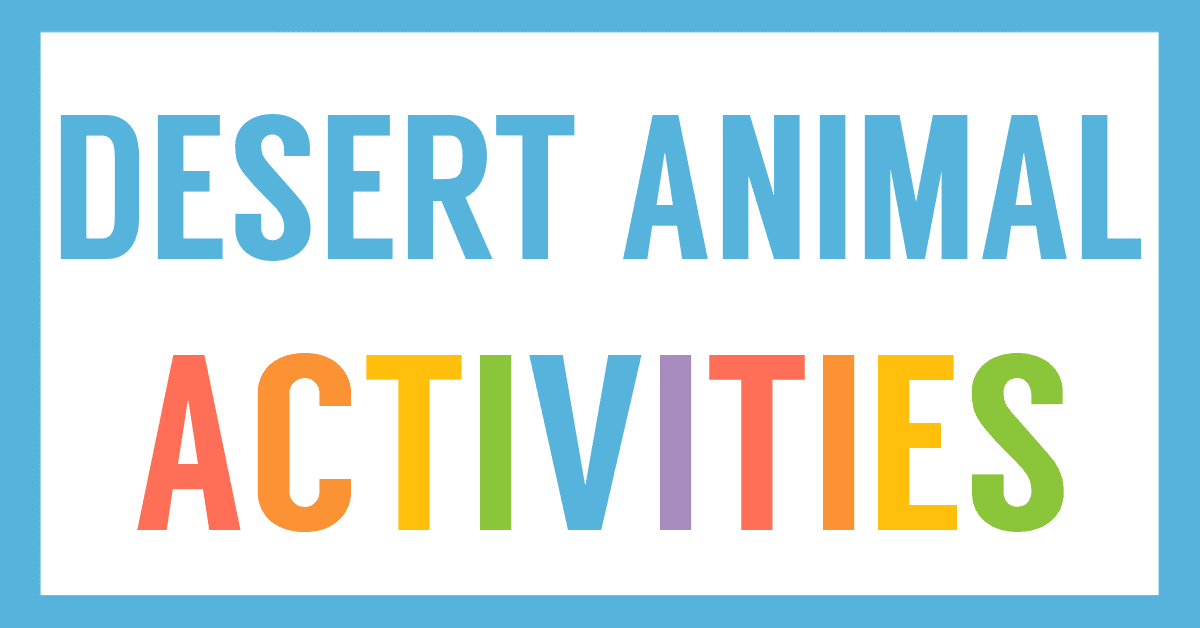Affiliate Disclaimer
We sometimes use affiliate links in our content. This won’t cost you anything, but it helps us to keep the site running. Thanks for your support.
Monkeys are a fun animal to study! You could start your adventure at your local zoo and observe the monkeys there–swinging, jumping, playing, and getting into mischief. Then, you can dive into our free monkey lapbook.
Thanks to Debbie Palmer for writing the research for this animal lapbook.
Monkey Lapbook Lessons
Here are some sample lessons from the Monkey Lapbook:
What Are Primates?
Monkeys belong to the order of primates. What makes a primate a primate? Here are some typical characteristics of primates: shortened snout (which reduces the number of teeth they have), different types of teeth for a varied diet (incisors, canines, premolars and molars), forward facing eyes, clavicles (a collarbone) which create lots of shoulder motion, nails instead of claws, opposable thumbs for grasping. Humans also are primates. Why are we considered primates? How are we different from every other animal in the world?
Range
- Old World Monkeys are found in Africa, central to southern Asia, Japan and India.
- New World Monkeys are found in Mexico, Central and South America.
- Monkeys are either arboreal or terrestrial. New World monkeys tend to be arboreal and Old World monkeys are mostly terrestrial (although they sometimes go into the trees).
Monkey Predators and Defenses
There are several kinds of predators for monkeys depending on which monkey you are talking about. The most common predators are humans, birds of prey, large cats, and large snakes. Apart from fearsome-toothed baboons, few monkeys have good defenses. They survive by using their intelligence. Many monkeys take turns serving as guards to warn the others in the troop (a group of monkeys) that danger is near.
Monkey Behavior
Monkeys are among the most social of all mammals. Many species of monkeys form large troops of about 100 individuals. Monkeys use vocalizations, facial expressions and gestures (body movements) to communicate. Staring is a form of a threat as is loud vocalizations. Grinning is a sign that a monkey is angry. Other signs of aggression include head bobbing and yawning (to show off teeth). Monkeys express affection by grooming each other.
To access all of the lessons in this Monkey Lapbook, subscribe to Homeschool Share’s email list using the form in this post.
Monkey Lapbook Printables
In addition to the research lessons, the file includes these mini-books for your student to create a Monkey Lapbook:
- Marvelous Monkeys Window Book
- What Is a Primate? Pop-up Book
- Monkey Behaviors Fan Book
- Monkey Classification Accordion Book
- Monkey Vocabulary Matchbooks
- New World Monkeys & Old World Monkeys Shuttertied Book
- Mapping Out Monkeys Mini-book
- And more!
How to Get Started with Your Monkey Lapbook
Follow these simple instructions to get started with the Monkey Lapbook.
- If you want, go to your local library and check out nonfiction books about primates (monkeys, apes, gorillas, etc.)
- Print the Monkeys Lapbook.
- Choose and prepare the mini-books you want to use with your student.
- Enjoy a week of reading and learning all about monkeys!
Books About Monkeys
- Curious George books by H.A. Rey
- The Giraffe and the Pelly and Me by Roald Dahl
- More Spaghetti, I Say! By Rita Golden Gelman (Beginning Reader book)
- Aesop’s Fables (there are several that have monkeys in them)
- Five Little Monkey books by Eileen Christelow
- Caps for Sale
- Pippi Longstocking
- Summer of the Monkeys
Download Your Monkey Lapbook
Use the form below to subscribe to the newsletter. Once you confirm, you’ll receive an email with the link to the lapbook. If you are already confirmed, simply enter your name and email address below, and you will receive an email with the link.








